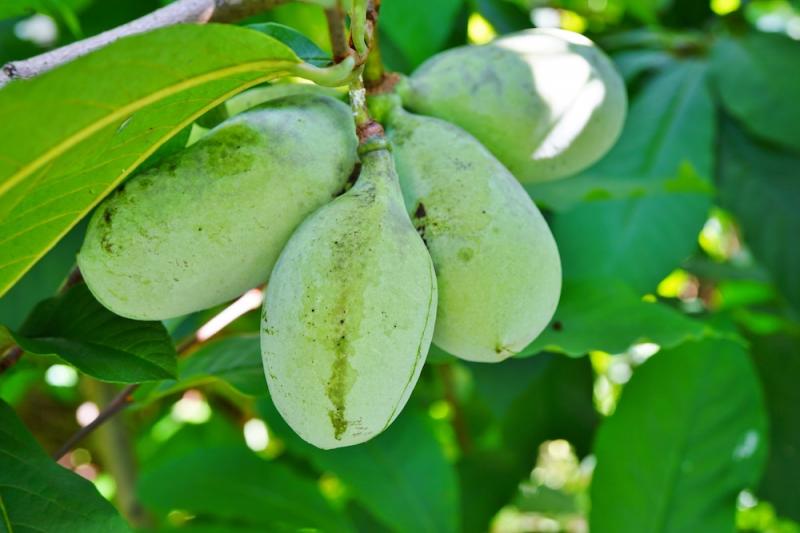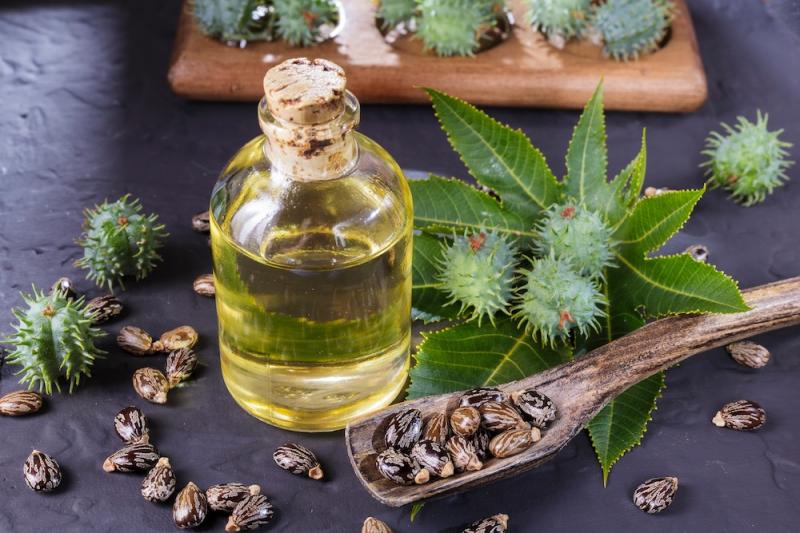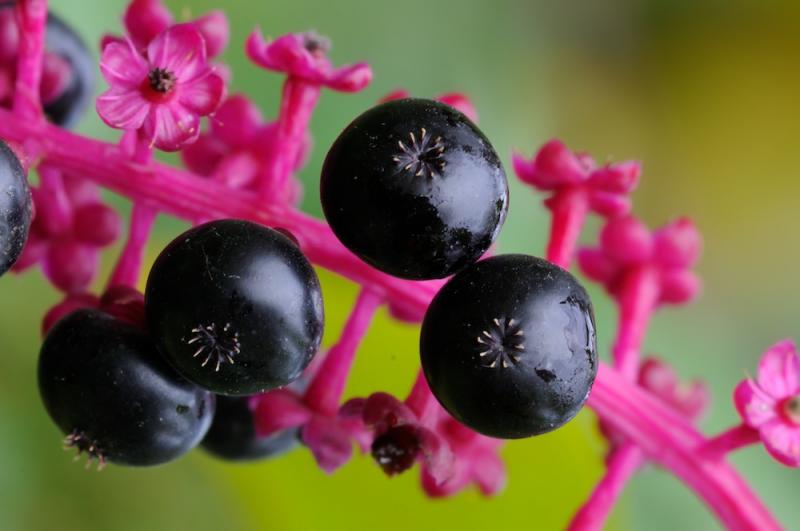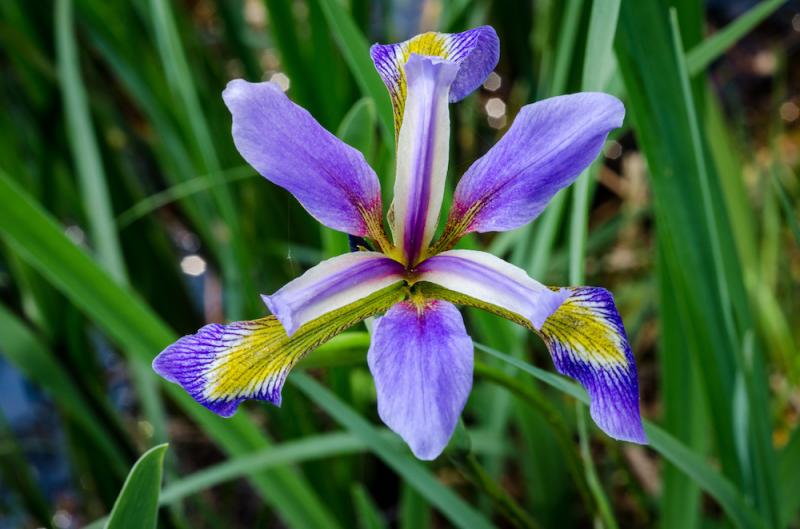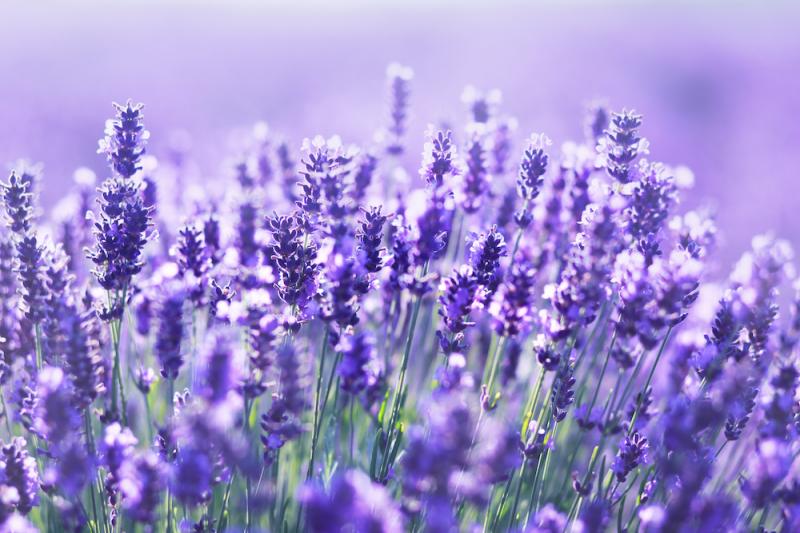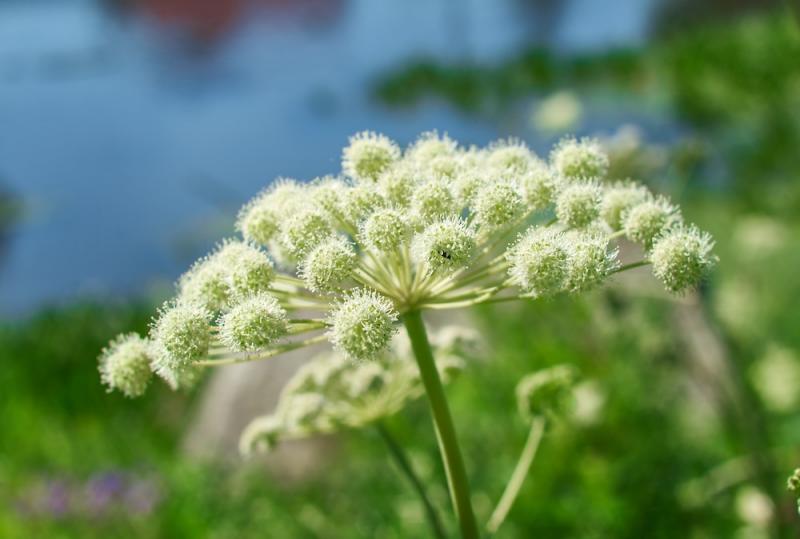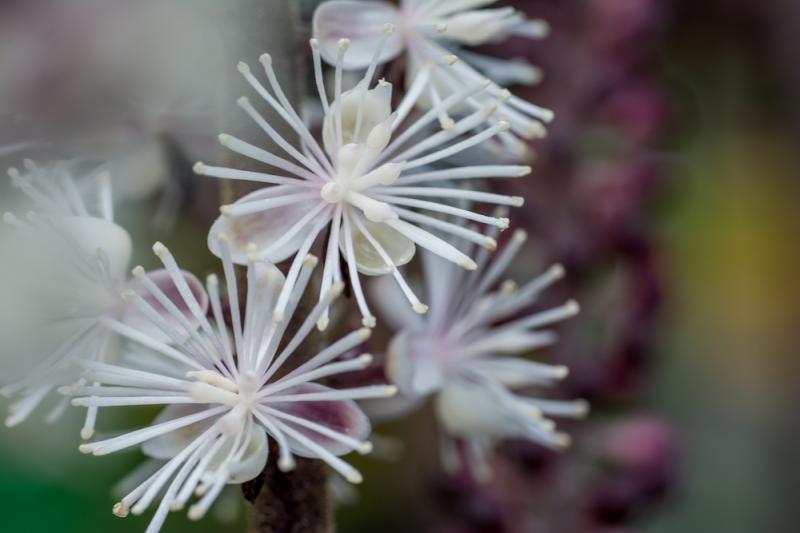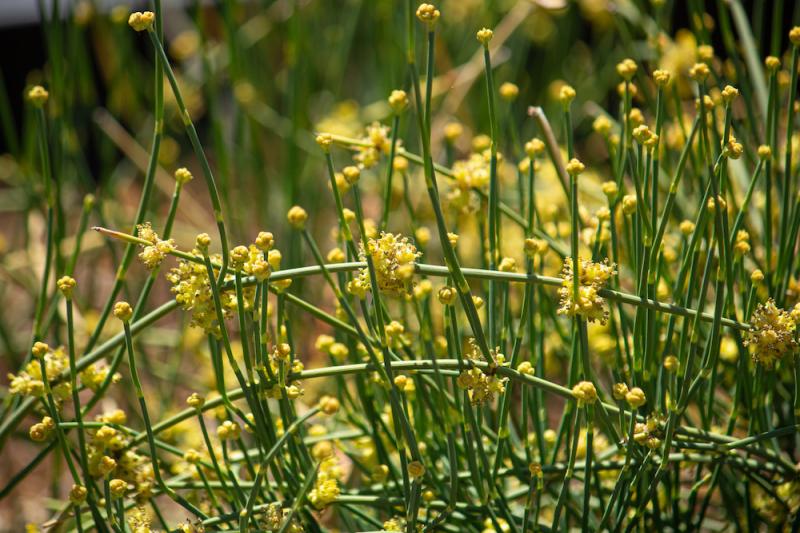- August 29, 2023
Paw Paw
The American paw paw (Asimina triloba) is a deciduous tree native to the eastern United States and Canada. It is the only temperate member of the family Annonacea. All the other plants in this family grow in tropical or subtropical climates and a number of these are used medicinally, including cherimoya, graviola (sweetsop), and ylang-ylang. While paw paw does produce edible fruits, we’re more interested in how it can be used as a medicine. Like many other members of the Annonacea family, paw…
- August 22, 2023
Castor Bean Oil
Long used as a laxative, castor oil can be used topically to ease pain and break up congestion. The leaves can also be used as a poultice to reduce swelling and pain, help heal boils and sores, and help ease constipation
- August 14, 2023
Pokeweed: A Powerful, But Toxic Medicinal Plant
This toxic botanical can be helpful for severe lymphatic swelling, cancer, and glandular imbalances in large, lethargic people. But, because of its toxicity it is important to know how to prepare and dose pokeweed safely.
- August 1, 2023
Lovely Lavender
Lavender is the most popular essential oil used for aromatherapy. It is helpful for balancing the nervous system, aiding sleep, helping wounds heal, and fighting fungal infections.
- July 25, 2023
The Angelic Herb
Western angelica is a great alternative to dong quai. It can be used for many of the same purposes. It can be used as a digestive aid, female tonic, respiratory aid and support for helping with major life transitions. It is a versatile herb which can be used as an herb, flower essence, and essential oil for both physical ailments and emotional problems.
- July 14, 2023
Black Cohosh: Untangling and Dispelling the Darkness
Black cohosh is an antidepressant, antispasmodic, analgesic, and female tonic that releases people from feeling emotionally trapped and helps when struggling with dark, depressing situations. A native of the Eastern United States woodlands, it can be used as a flower essence, homeopathic remedy, extract or part of an herbal formula.
- July 10, 2023
Exploring Western Ephedra
Brigham tea is an underutilized alternative to Chinese ephedra, which was banned by the FDA in 2004. It is a safe and effective respiratory remedy which has been used to help with asthma, respiratory congestion, respiratory allergies, and more.

